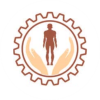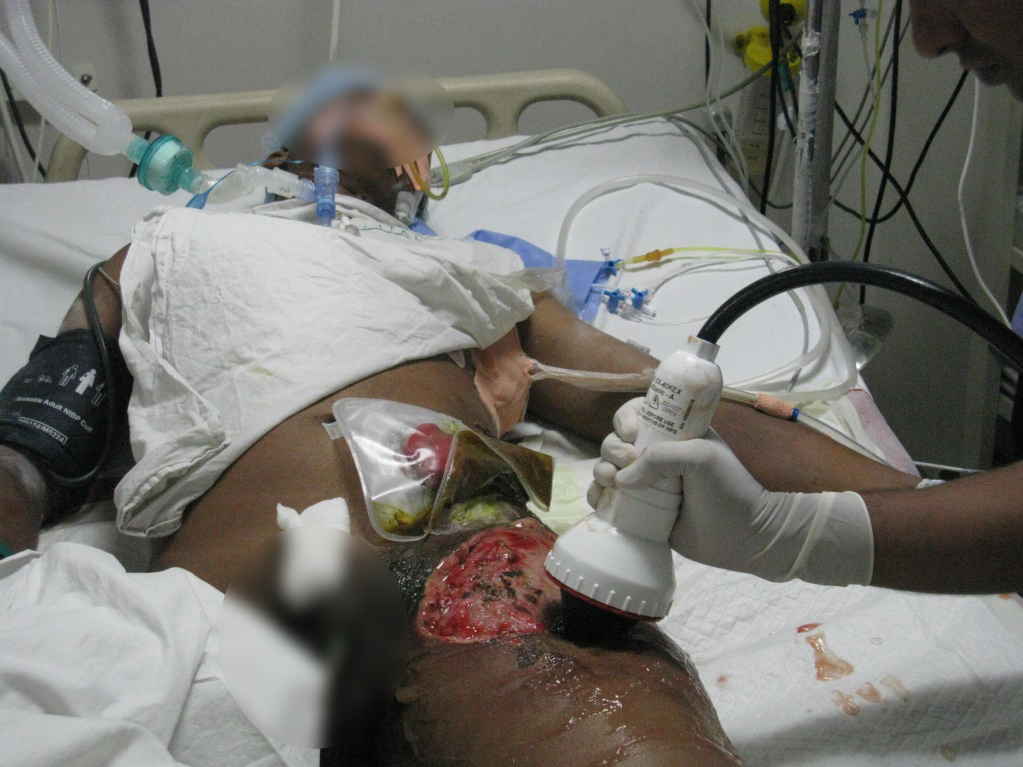

A motorcyclist hits the side of a lorry and catches the hooks to which the side curtains are attached pulling his skin away from the top of his leg. Amazingly his head is not injured. He is taken to the nearest hospital where the bleeding is stopped and the doctors hope he will heal. They believe they have stabilised the patient and in time the gaping wound can be given a skin graft.
In fact infection has entered the wound. It did so immediately and was spread by the circulation of blood throughout the body. He is in danger of suffering from sepsis.

Sepsis has been named as the most expensive in-patient cost in American hospitals in 2014 at nearly $24 billion each year. Forty percent of patients diagnosed with severe sepsis do not survive. Up to 50% of survivors suffer from post-sepsis syndrome. Until a cure for sepsis is found, early detection is the surest hope for survival and limiting disability for survivors.
There is a time lag between being injured and arriving at a hospital. In every case infection has entered the wound. To assume otherwise is naïve. That infection was spreading whilst the patient was in the ambulance.
Immediately a patient is brought in to the casualty department (Accident and Emergency) their wounds must be zapped with CellSonic VIPP. There is no other method. Drugs disable many essential functions be they ingested or injected. Surface applied antibiotics only work on the surface and will not catch germs already spreading beyond the injury.
The CellSonic pulses kill all and any germs in their path. The pressure pulse travels faster than the speed of sound though the body stretching cells for a nanosecond or less. Healthy cells are not affected. Unhealthy cells and bacteria are ruptured and by repeated attacks every quarter of a second they are quickly killed. In the body are good bacteria as well as bad. Therefore the CellSonic must be applied sensibly. In an emergency the short term benefits override the long term effects.
In addition to killing infection, CellSonic VIPP sends to the site stem cells of the right type, in the right quantity to exactly the right place. There is no other way to do this. Getting the body to do it for itself is the best medicine. Extra oxygen is created in the blood. Growth compounds are added by the immune system now on high alert. All this has to be done as soon as possible after the injury occurs. If it can be done whilst the patient is being carried in an ambulance, all the better but there is a limit to what can be crammed into a confined space. Don't think of doing it in a helicopter because the CellSonic will disturb the flight controls.

The best procedure is for a CellSonic VIPP to be on stand-by in every A&E department to be deployed on a patient immediately they arrive on a stretcher. This can be done by a qualified nurse even before the doctor arrives. Treat with the CellSonic before cleaning the wound. Work the pulses in well around the wound as well as into the wound. Think of the infection spreading. How much time has elapsed? How far has that infection travelled?
If the patient is unconscious, anaesthetics are not an immediate concern. Attention has to be given to heart rate, breathing and head injuries. More than one nurse or doctor will be dealing with the patient at any time and their training has formed them into a co-ordinated team. To that joint operation must come the infection killing and healing starter role of the CellSonic VIPP.
Post-operative surgery wounds notoriously fail to heal regardless of the care taken to avoid infection. All surgical operations must end with a CellSonic VIPP treatment to be sure that the wound heals without delay.
Reduce antibacterial consumption. Kill infection without knowing what it is and exactly where it is. CellSonic VIPP is the tool every hospital needs in A&E and the operating theatre. There are no side effects for the patient or the operator.